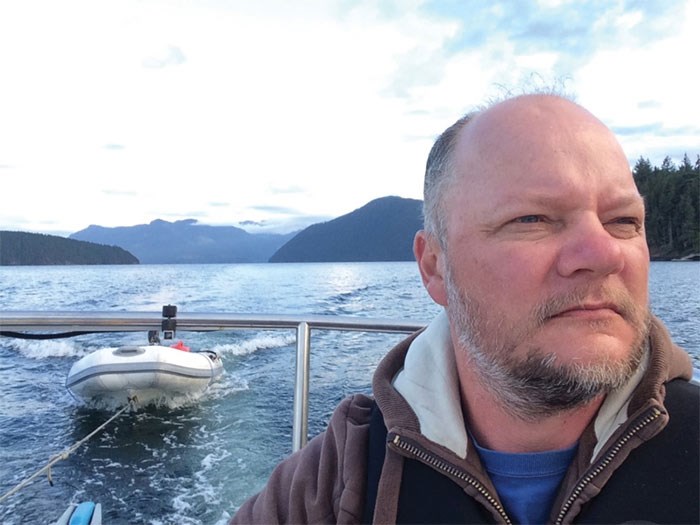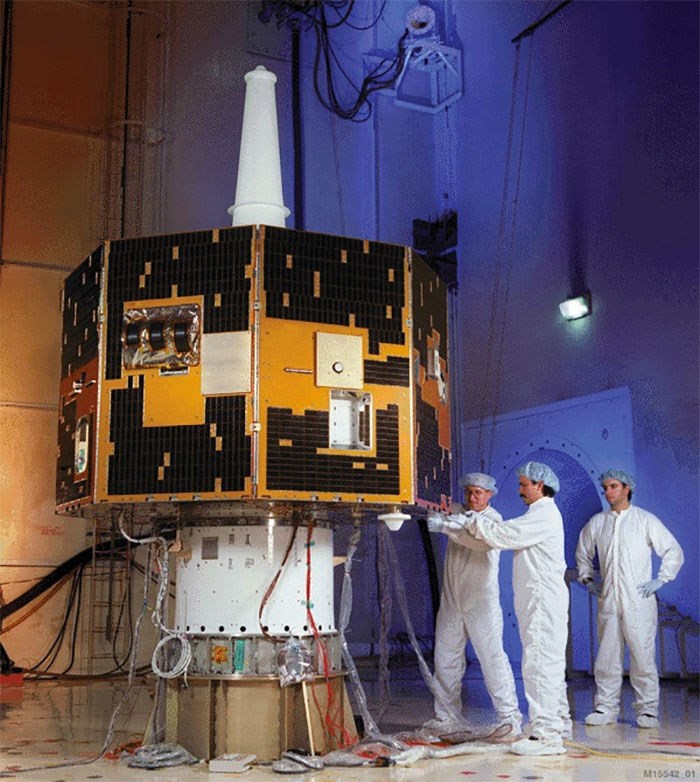 Scott Tilley, an electrical engineer and amateur astronomer from Roberts Creek, discovered NASA’s IMAGE satellite on Jan. 20. Photograph By SCOTT TILLEY PHOTO
Scott Tilley, an electrical engineer and amateur astronomer from Roberts Creek, discovered NASA’s IMAGE satellite on Jan. 20. Photograph By SCOTT TILLEY PHOTO
Last week at around 4 a.m., Dr. James Burch, director at the in San Antonio, was getting down to work when his computer interrupted him. “I get this email from this guy, saying he received signals from IMAGE,” Burch said. “That was it. It just came out of the blue.”
IMAGE (short for Imager for Magnetopause-to-Aurora Global Exploration) is a NASA-owned half-ton satellite that was supposed to be dead. Burch knew because he was the principal investigator on the IMAGE Explorer project, the only spacecraft that has comprehensively captured space weather events. The $154-million satellite mission was launched in 2000, and five years later the signal went silent.
Meanwhile, in Roberts Creek, amateur astronomer Scott Tilley was searching the skies for a classified satellite code-named Zuma. During one of his routine scans, Tilley landed on IMAGE.
At first he thought, “Yet another high earth orbit space probe, and there’s lots of them,” Tilley said.
But he kept monitoring and soon realized the spacecraft was transmitting data. After some Googling, he surmised the long-dead spacecraft had managed to reboot itself.
 The IMAGE satellite being prepared for launch in 2000. – Photo from www.nasa.gov
The IMAGE satellite being prepared for launch in 2000. – Photo from www.nasa.gov
“All the scientific literature had basically stopped talking about it in 2007, and that was the end of the mission as far as I could tell.”
Both Burch and Tilley speculate a solar eclipse in 2016 triggered the solar-powered batteries to recharge and transmit a signal again.
Tilley posted the findings on his blog and then decided to email Burch in case the mission could be revived.
“Within an hour he responded and was obviously very excited,” Tilley said. “He was convinced enough to escalate it to dozens of people at NASA who also got very excited. There was a big outpouring of emotion from a lot of people down there.”
It is rare for an amateur astronomer to locate a lost satellite that’s still working.
“There have been people noticing satellites that have come alive or start to become active again, but they’re undead, they’re zombies that will never be of any value or use,” Tilley said. In the case of IMAGE, there is a strong likelihood the mission is science ready.
After NASA was informed of the find, the space agency’s used Deep Space Network satellite dishes to confirm the satellite signal is from IMAGE. Now NASA will need to determine whether it’s possible to reboot the mission.
Aside from budgetary constraints, Burch says the next major hurdle will be to get reacquainted with 20-year-old technology. “Some of the codes that we used for commands, we’re scrambling around trying to find that stuff, because sometimes things get thrown away… Some of it was written down on paper,” he said.
“It’s exciting right now and it could get very exciting if it’s working, working well, producing good data. That would be awesome. I’m not counting on it,” Burch said.
Those interested in keeping up to date can follow Tilley’s blog:


